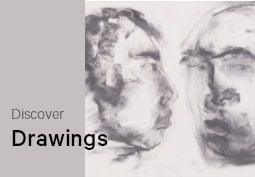Articles and Features
The Other Franz Kafka — The Visionary Writer’s Drawings That Were Meant To Be Destroyed
By Shira Wolfe
“[P]lease burn every bit of it without reading it, and do the same with any writings or drawings that you have, or that you can obtain from others, whom you should ask on my behalf… Yours Franz Kafka.”
Franz Kafka
This article series explores the lesser-known artistic output of artists who became famous for another medium or genre of art. Often, great artists wear many different hats, but break through and achieve acclaim because of their work in one specific medium. We aim to highlight the multifaceted nature of their talent by shining a light not on what they are best known for, but on the lesser-known side of their artistic production.
In this edition, the drawings of the inimitable Franz Kafka—author of groundbreaking literary works including The Trial, The Metamorphosis and The Castle—are brought to light, artworks which survive today thanks to Kafka’s friend Max Brod. Against Kafka’s wishes, Brod preserved the author’s great literary works, as well as his drawings, after his death. Kafka, famously, had demanded that Brod burn all his works when he died. In 2022, a book collecting all of Kafka’s drawings was published by Yale University Press.
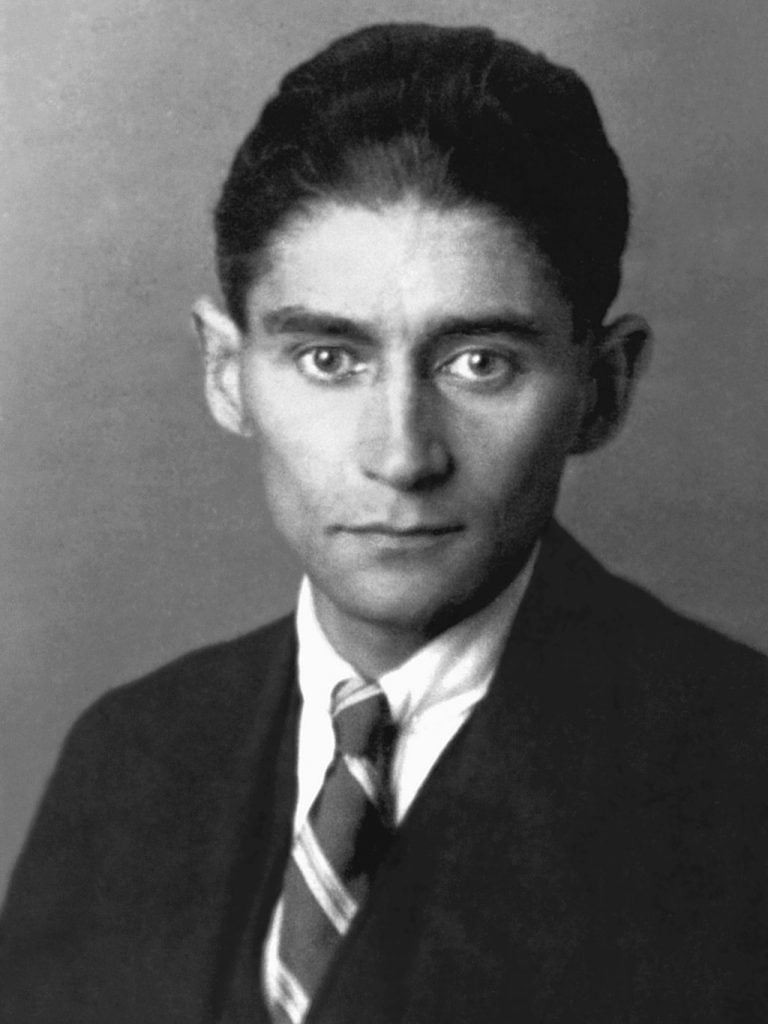
Franz Kafka’s Double Life
Throughout his short and productive life (he was 40 when he passed away), Franz Kafka created a literary legacy that would influence countless thinkers to come and would earn him the place as one of the most important figures in 20th-century literature. Though most people are aware that Kafka led a double life combining his office job—first at the Assicurazioni Generali Insurance Company and later at the Workers’ Accident Insurance Institute—with his writing, the fact that he also practiced another form of artistic expression besides his writing has been far less widely known. Kafka, in fact, was quite serious about his drawing. He even took drawing classes and attended art history lectures between 1901 and 1906, while he was studying at Charles University in Prague. About 150 sketches remain from this period. This was also the period in which he made his first attempts at being a writer.
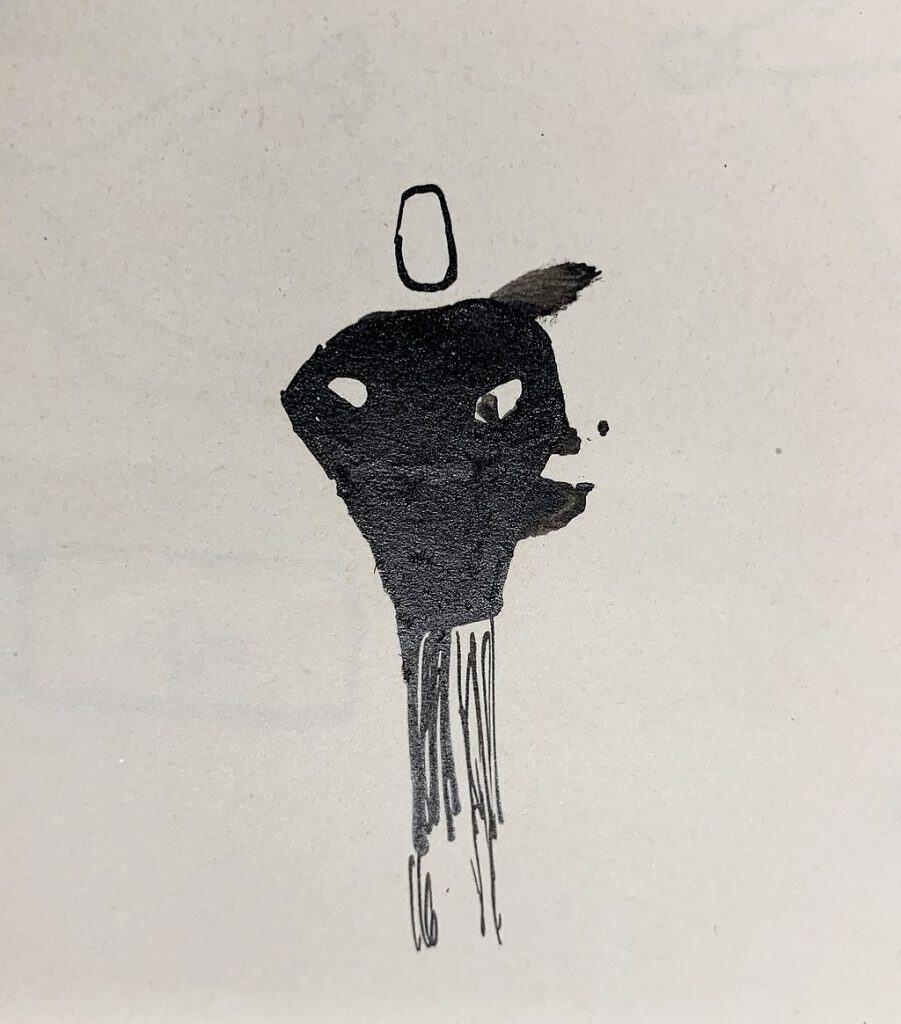
Saving Kafka’s Drawings – Max Brod
Kafka was a notoriously harsh self-critic and would burn sketches he didn’t deem good enough. However, his friend Max Brod, whom he’d met in the fall of 1902, was very enthusiastic about Kafka’s sketches—at first, he didn’t even know that Kafka was a writer and was instead focused on his visual art. Kafka gave him some of the sketches, and Brod also saved some by cutting them out of Kafka’s lecture notes. Kafka was one year ahead of Brod at university and would pass on his lecture notes to his friend. This then allowed him to save the drawings he’d made in the margins. Brod later wrote that Kafka would refer to his drawings as his “scribblings,” and would destroy anything Brod didn’t rescue from the trash.
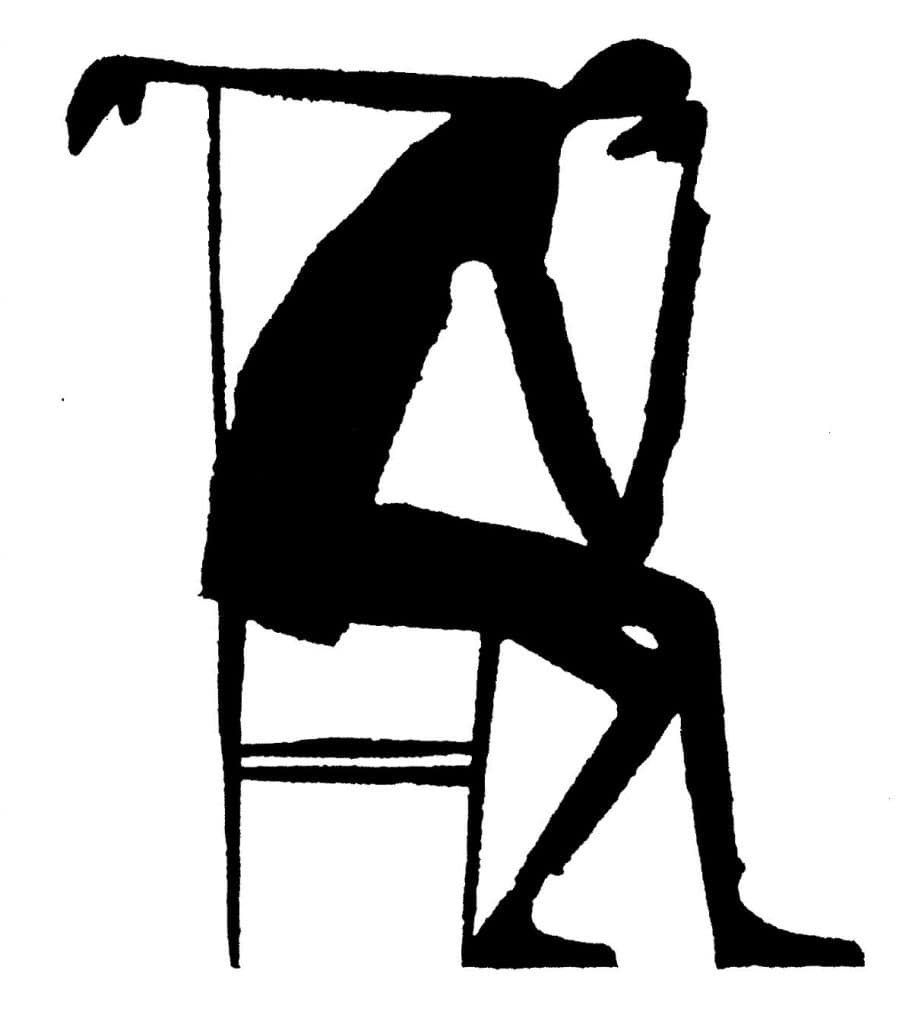
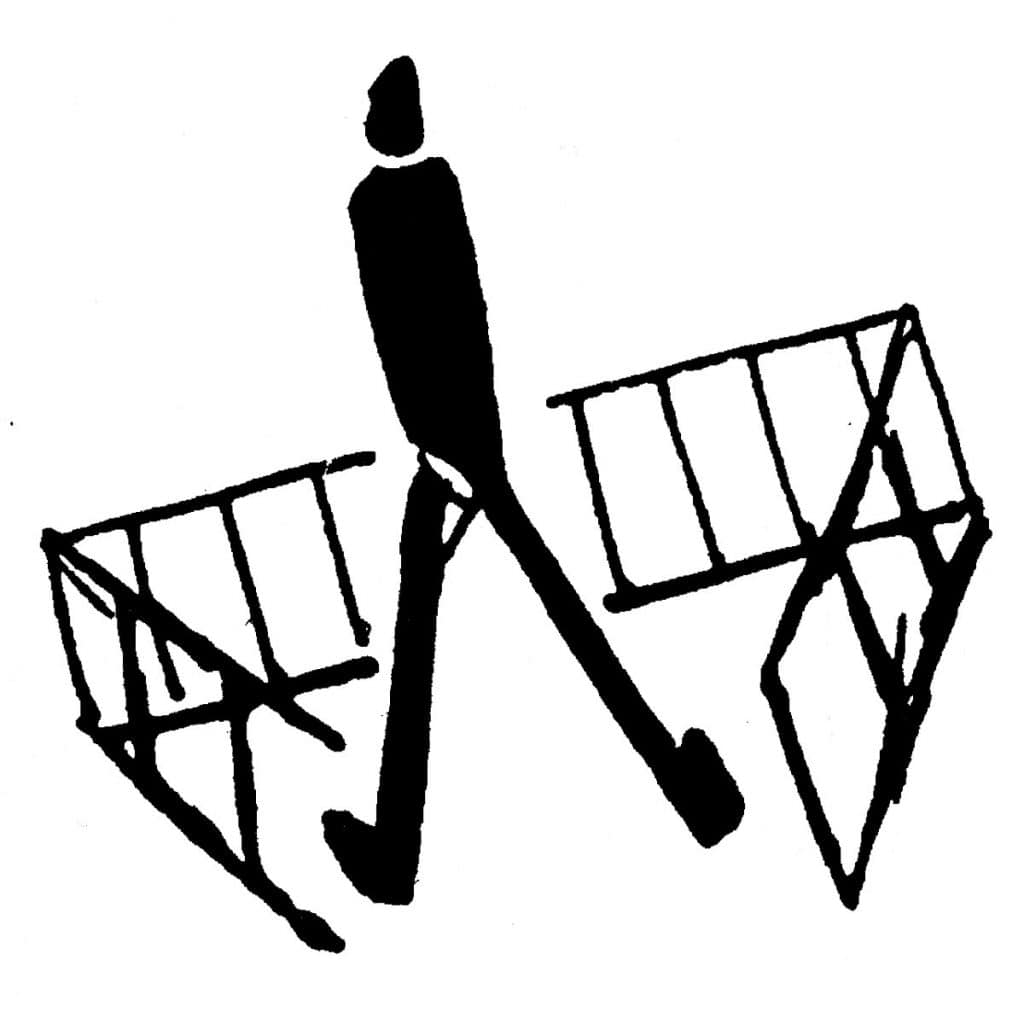
Franz Kafka’s Will
Kafka suffered from laryngeal tuberculosis, a condition which got progressively worse and which led to him being treated in a sanatorium just outside of Vienna in April 1924. He died there on June 3rd, 1924, having already burned 90% of his work and leaving behind several full-length novels which were not finished. Before his death, Kafka wrote two letters to Max Brod, functioning as a kind of will, in which he stipulated that Brod should burn all of his remaining work, including the drawings:
“Dearest Max, my final request: whatever diaries, manuscripts, letters from myself or others, drawings, etc. you find among the things I leave behind (i.e., my book cabinet, linen cupboard, desk at home or at the office, or wherever else you might come across them), please burn every bit of it without reading it, and do the same with any writings or drawings that you have, or that you can obtain from others, whom you should ask on my behalf. . . Yours Franz Kafka.”
Yet the letters were never sent, causing people to speculate that Kafka may not have been entirely sure about this dying wish. And though Brod himself was aware that Kafka would have wanted him to destroy everything, he chose to do the opposite, preserving his manuscripts and sketches until his own death, even keeping them safe throughout the Nazi invasion of Czechoslovakia in the Second World War. Brod published the first biography of Kafka in 1937, in which he included several of his drawings.
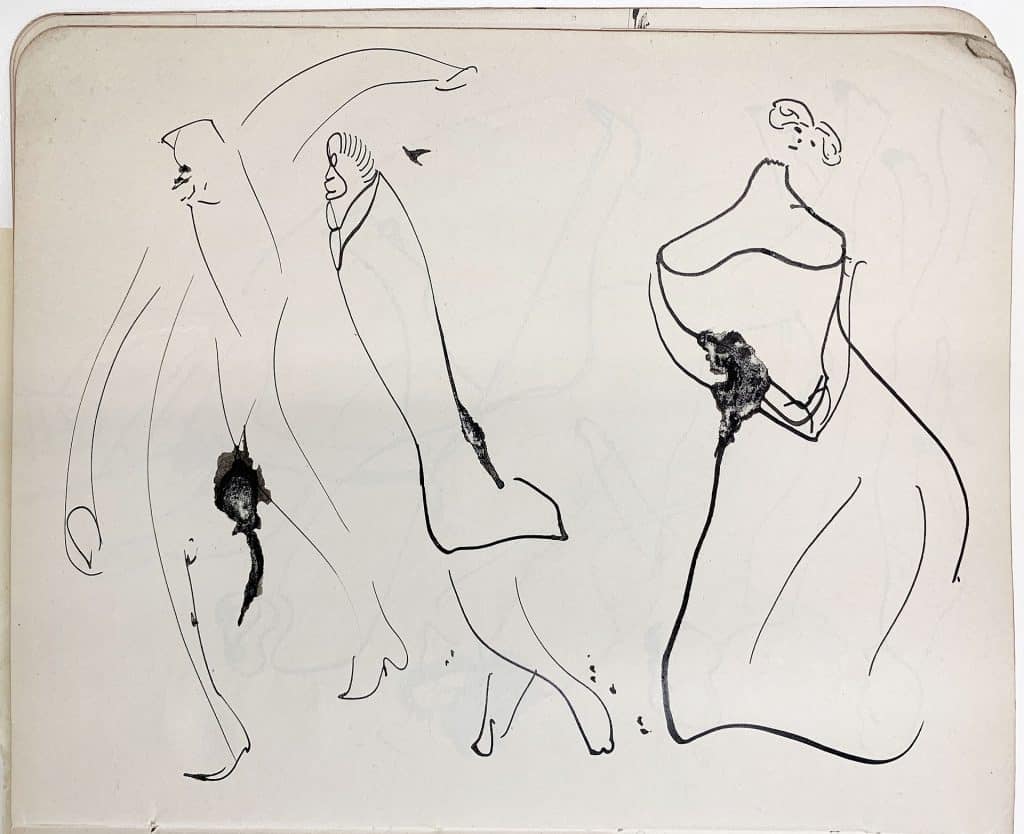
Franz Kafka’s Drawings
Kafka’s drawings depict free-floating, fluid figures, mostly made with India ink on paper. They are often floating by themselves or with other figures in space, from time to time sitting on a chair or leaning on a table, their features often exaggerated and disproportional. These are dynamic figures, often seeming to be in motion or in the midst of social interaction. The minimalism of Kafka’s few swift strokes creates lively sets of figures that remain unfinished, without this being bothersome—fitting very well with Kafka’s literary oeuvre, where the unfinished nature of several of his works has become emblematic of his voice, his style, and his fame.
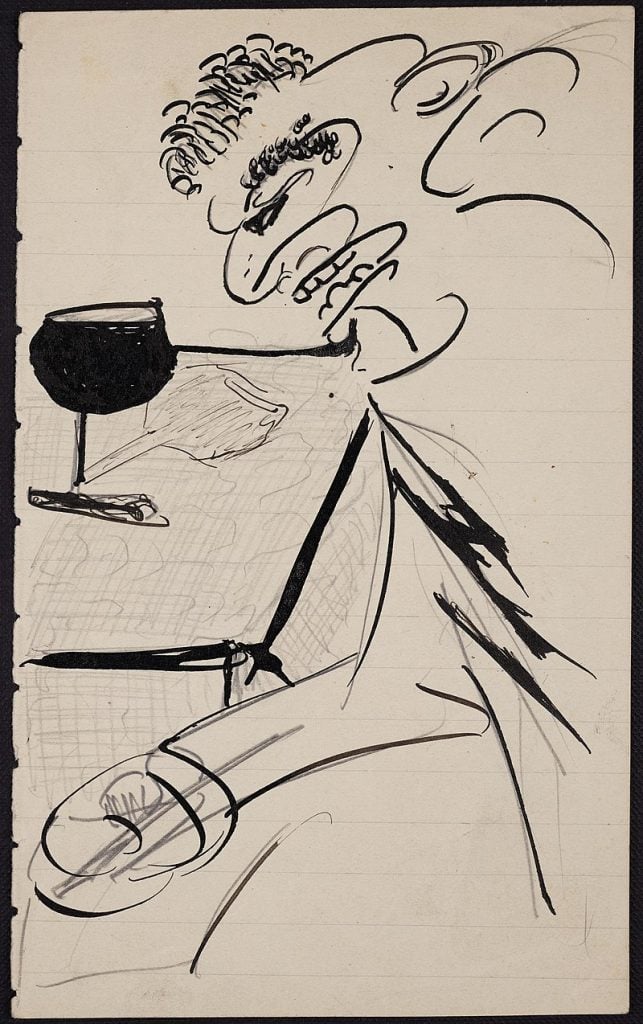
While we do not know how Kafka would have felt about the attention given to his drawings today, they without a doubt give us more insight into his mind and artistic practice, and complement his literary achievements in a subtle but undeniable way.
Franz Kafka – The Drawings, published in 2022 by Yale University Press, offers the first comprehensive publication of Franz Kafka’s drawings and includes more than 100 newly discovered drawings.
Relevant sources to learn more
More articles from Artland Magazine you may like:
From our “The Other…” series:
The Other Thom Yorke: The Visual Art of the Radiohead Star
The Other E. E. Cummings: The Poet’s Modernist Paintings
The Other Salvador Dalí: How the King of Surrealism Made His Mark on Cinema
Other relevant sources:
Franz Kafka – The Drawings, published in 2022 by Yale University Press

